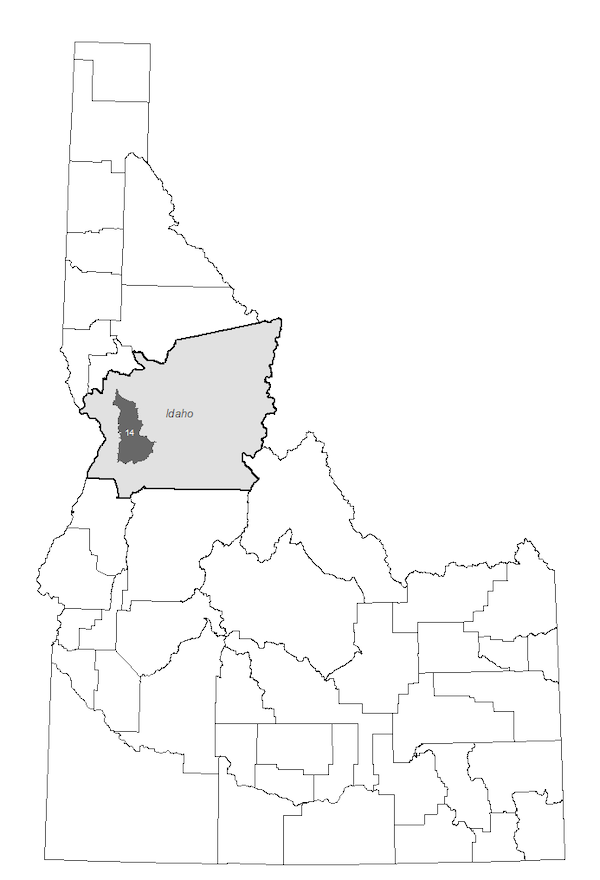2 More Idaho Deer Test Positive For CWD
THE FOLLOWING IS A PRESS RELEASE FROM THE IDAHO DEPARTMENT OF FISH AND GAME
Idaho Fish and Game officials received notice on Dec. 29 that two white-tailed deer bucks from the Slate Creek area north of Riggins have tested positive for Chronic Wasting Disease. These are the third and fourth deer that have tested positive for CWD in the area. Idaho had its first CWD detections from two hunter-harvested mule deer bucks from the Slate Creek area in November.

“While unfortunate, these latest CWD detections show our surveillance efforts are working, and we greatly appreciate the assistance we’ve received from hunters and landowners to help us learn how widespread CWD may be, and what percentage of the deer population may be affected,” Fish and Game State Wildlife Manager Rick Ward said.
After the initial CWD detections in November, the Idaho Fish and Game Commission established a CWD management zone that includes all of hunting Units 14 and 15 and a surveillance area that encompasses Units 14 and 15 and portions of four other adjacent hunting units.
Fish and Game has been intensively monitoring harvested deer within those areas for the disease, and created 35 special CWD surveillance hunts in December to collect additional samples from hunter-harvested deer.
As of Dec. 29, Fish and Game has taken 448 samples in the CWD surveillance zone that tested negative. Four have tested positive – all of which were within the Slate Creek drainage. Samples collected from 72 deer are still pending lab results at the Colorado State University laboratory. Statewide, Fish and Game tested more than 2,500 animals for CWD in 2021.
Fish and Game biologists remain in the information-gathering stage, and are waiting for the results of all pending CWD tests.
“We still have test results pending from deer harvested within the surveillance zone,” Ward said. “When we get the results of all tests, we will then assess our management options. Hunters and the general public will be involved in this process as the Fish and Game Commission deliberates future CWD management actions.”
With deer and elk now on lower-elevation winter range in Unit 14 and 15, Fish and Game officials are reminding people that it is unlawful to feed deer and elk within the CWD management zone (Units 14 & 15). People salvaging road-killed deer, elk, or moose must not remove the head or spinal column from the area, unless bringing a head to a Fish and Game Regional office for CWD testing.
CWD is a neurological disease that affects deer, elk, moose and caribou. There is no practical live test for the disease, so the only way to determine how many animals may have it is to take samples from dead animals. Fish and Game has been testing for CWD since 1997 and sampled more than 20,000 animals since then.
Although new to Idaho, CWD is found in 27 U.S. states and four Canadian provinces. CWD was detected in Wyoming in the mid-1980s and first detected in Montana in 2017. Learn more about CWD in Idaho at idfg.idaho.gov/cwd.
According to the U.S. Centers for Disease Control and Prevention, there have been no reports of CWD infection in people. However, in the interest of safety, public health officials encourage people to not eat meat from animals that test positive for CWD, and hunters should follow these precautions and recommendations.
